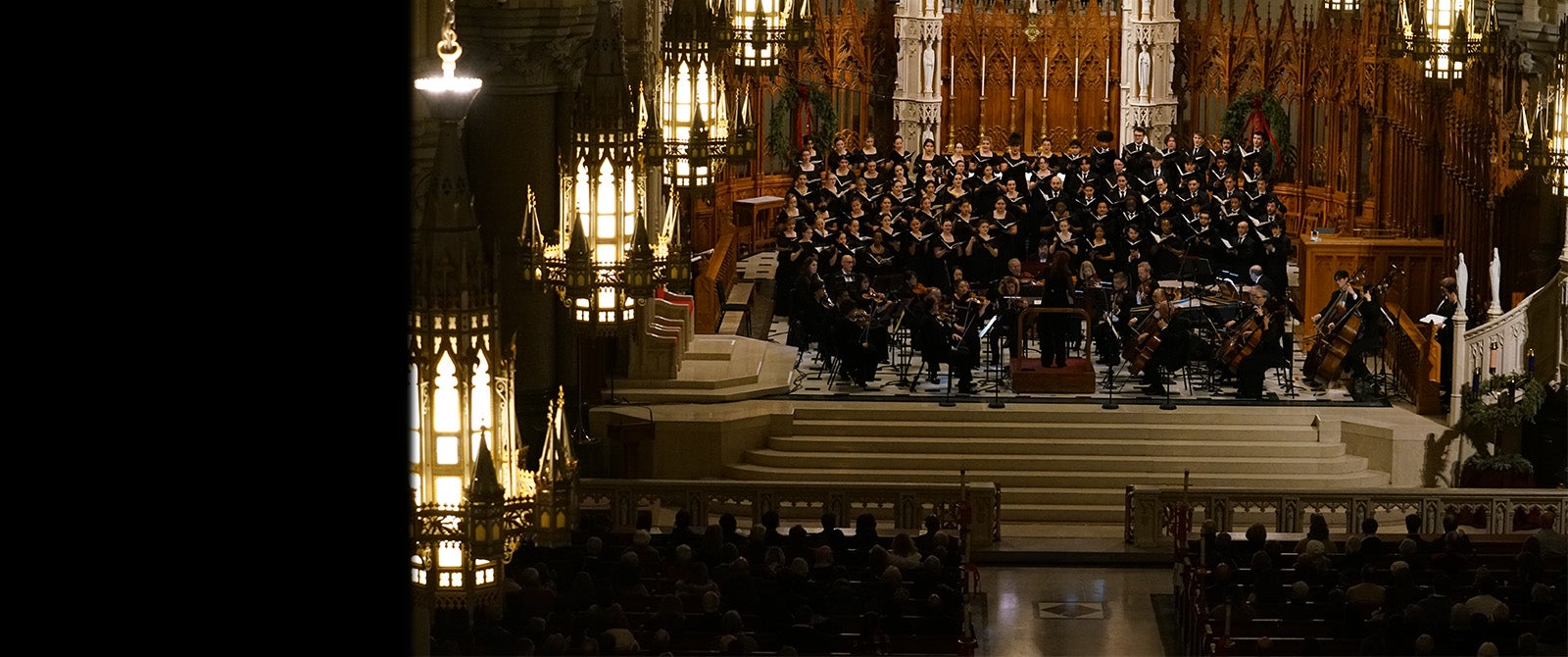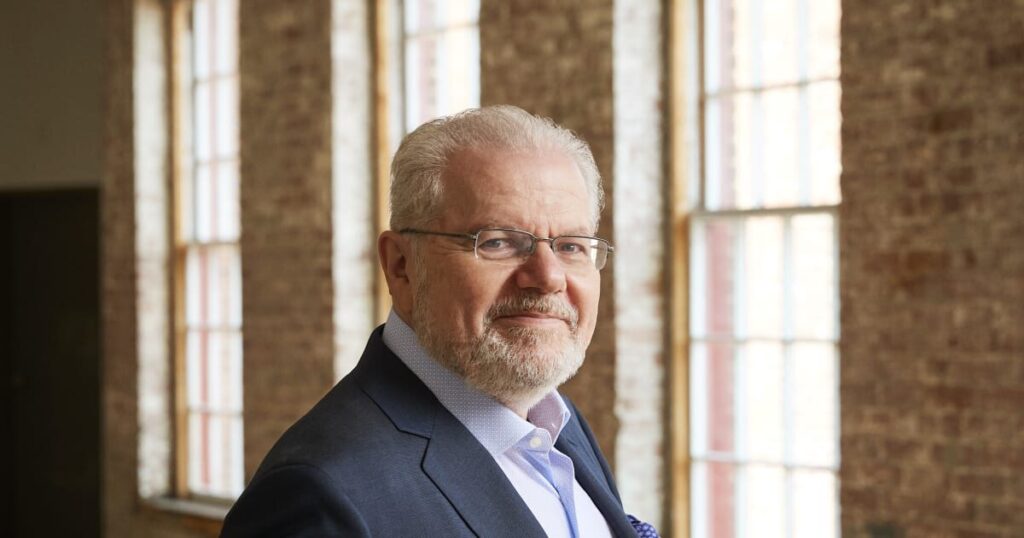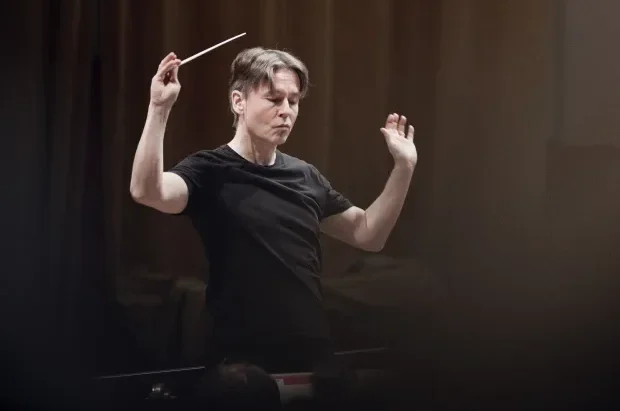International composer and conductor superstar Esa-Pekka Salonen conducted the Philadelphia Orchestra with a program (on May 16-18, 2024) including his own newest work.
Best known as the music director of the San Francisco Symphony, he holds a special place in the hearts and minds of the audiences and musicians of London’s Philharmonia Orchestra, the Los Angeles Philharmonic, and the Swedish Radio Symphony. Maestro Salonen has made many recordings, and many appearances around the world. Among his many honors, as his biography notes, is an honorary knighthood bestowed upon him by Queen Elizabeth II.
The Performers
Esa-Pekka Salonen Conductor
Olivier Latry Organ
Philadelphia Symphonic Choir
Gabriel Crouch Director
Saariaho Lumière et Pesanteur
Salonen Sinfonia concertante, for organ and orchestra
Ravel Daphnis and Chloe (complete ballet)
The ambitious program began with Esa-Pekka Salonen addressing the audience. He explained that Kailja Saariaho was a friend and mentor, and that her death was a fact difficult for him to deal with. He continued with some emotion that this was one of his favorite pieces from her extensive legacy. He next explained his own work, which he explained at length, even sharing that he was most fascinated by the organ played at American Baseball Games, which he claimed inspired him greatly.
The concert began with the six minutes long Lumiere et pesanteur composed in 2009. Christopher H. Gibbs writes perspicaciously in his program notes about the piece, the composer, and Mr. Salonen. Among his insights into the piece is its “idiomatic style,” and its “calm, mysterious, luminous shifting of sounds.” Kaija Saariaho died in Paris June 2, 2023, aged 70. In a 2019 composers poll by BBC Music Magazine, Saariaho was ranked as the greatest living composer.
The Sinfonia Concertante was composed between 2020 and 2022. Maestro Salonen composed it and delivered a landmark performance of his own work. Written in three movements with an exciting dialogue between orchestra and organ, he made it clear in his opening statements that he was determined when writing the piece that the organ didn’t mimic the orchestra in any way. Indeed, the organ, here played by the renowned Olivier Latry, provided an exciting frisson to the orchestration. The 30-minute piece had dissonance, consonance, volume, and verve.
At the conclusion of the Sinfonia Concertante, members of the audience, especially young, female members, rose to their feet and cheered. The cadre of young, feminine admirers included Slavic, Caucasian, Scandinavian, African-American and Asian women equally. Not too shabby for a Finnish 65-year-old.
Ravel’s Daphnis and Chloe, composed during 1909 to 1912, has at its center the myth of a boy and girl, who meet as orphans and finally wed after some extraordinary exploits and meeting a few outrageous characters. At one point, according to Wikipedia, “Daphnis falls into a pit, gets beaten up, is abducted by pirates, and is very nearly raped by a drunkard. In the end, after being recognised by their birth parents, Daphnis and Chloe get married and live out their bucolic lives in the country.” Pretty heady stuff for a ballet. The Philadelphia Orchestra played beautifully, and even the wind machine charmed the audience. The Philadelphia Symphonic Choir performed impeccably. It really does make a great difference having the choir in the performance. Often, the Ravel is played without it, but the choir is absolutely necessary.
The Philadelphia Orchestra’s season continues!
For information, visit www.philorch.org









